SOCCER LOVERS BOOK REVIEW: iPlay Soccer Books Helps Youth Players Understand the Game
Come on, let’s admit it — the game of soccer can be confusing sometimes and youth soccer players need to learn the basics, after all, what other game has the rule of Offside as confusing as it is in soccer? Now there is an easy, new series of books for kids that can help ignite passion and a clearer understanding of the beautiful game.
Soccer News: Everywhere — but in America — kids grow up immersed in a soccer loving culture where the basics of the game are learned naturally, just like crawling.
Here, in the USA, we need a bit of help when it comes to explaining the basics, especially when coaching young players. Obviously, teaching specific tactics or technical drills may be lost in translation when you are coaching a kid who is still developing cognitive skills.
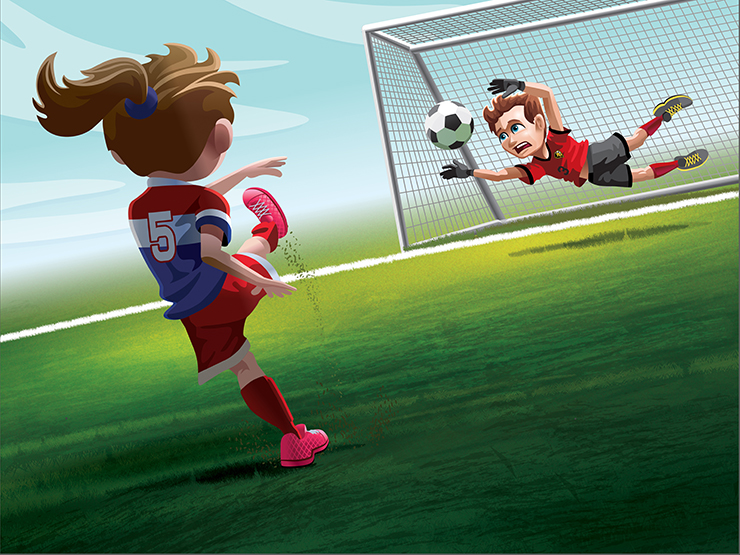
Now there is a solution — published by LearnSport Books and Meyer and Meyer Sport, the iPlay Soccer book series was created for developing youth players.
With a book intended to help youth soccer players break the “bee swarming kick and pack-chase mentality” and on why a referee blows his whistle right when a kid is about to score among other topics — the LearnSport Books simplify several of the important concepts of the game for the benefit of children and their parents.
iPlay Soccer books give kids a real advantage and are simply fun to read for boys and girls.
Authors Lindsay and Seth Little developed the concept when their daughter was transitioning from recreational soccer to the competitive club level.
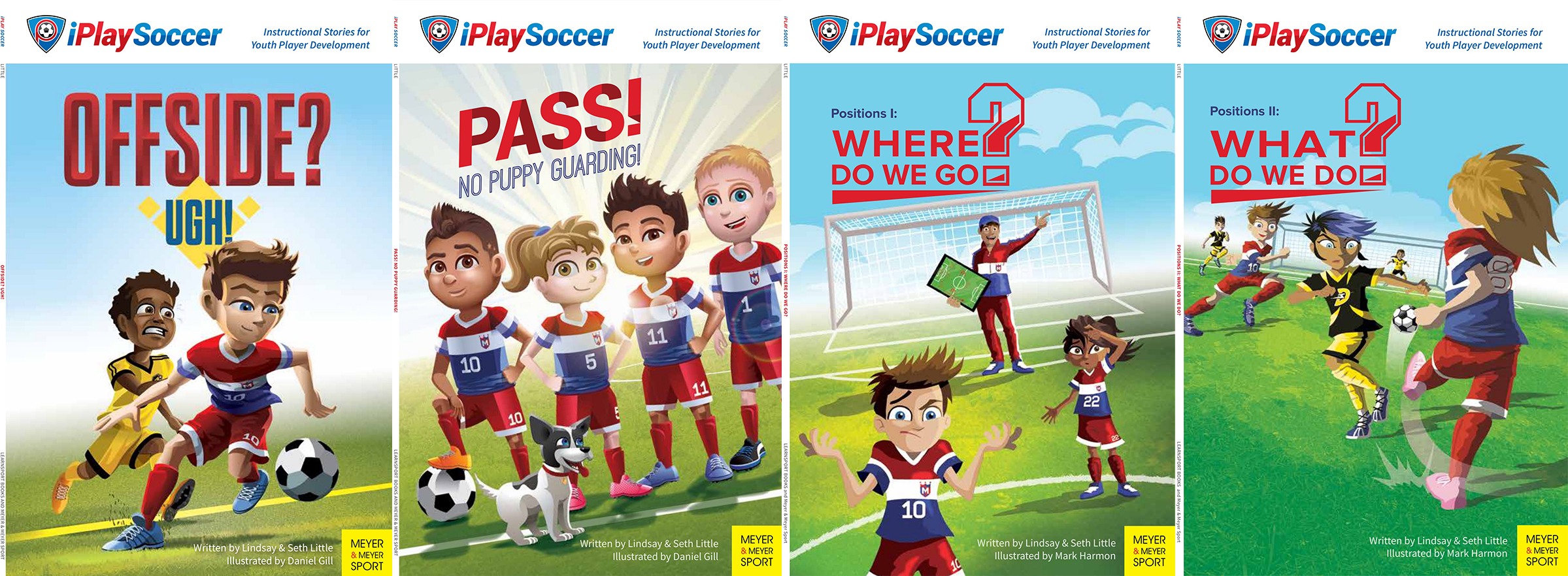
The proud parents to three beautiful girls, two of which have taken an interest in soccer, they simply wanted what’s best for their children’s development in both life, and sport. To that end, these books were only ever meant to help their own children but their work has taken on a larger goal now — to help children all over the country learn, and love, the game.

SoccerToday spoke with founders Lindsay Little on the inspiration for developing the books for youth soccer players.
Diane Scavuzzo: What inspired you and Seth to write the series?
Lindsay Little: The entire project is our oldest daughter Maddie’s fault!
Maddie really struggled when we moved her from recreational soccer to youth club soccer, and that is when the book series was really born.
Diane Scavuzzo: How did these books help?
Lindsay Little: Although Maddie grew up around the game of soccer, she was simply not grasping certain fundamental concepts, despite her coach’s best efforts.
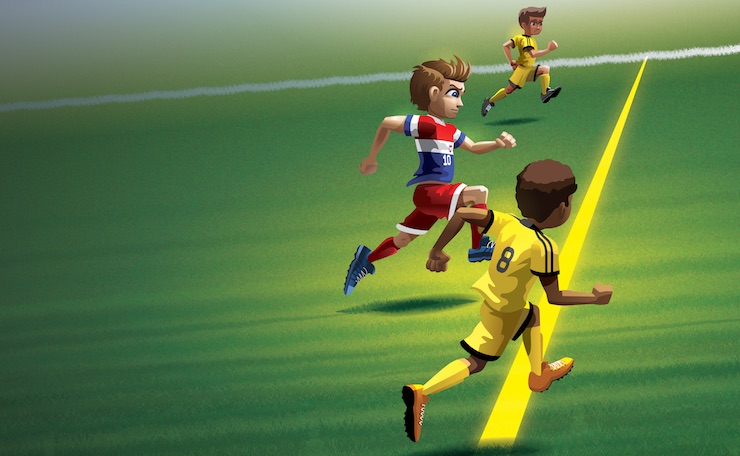
She asked us for some books that she could read on her own to help her out, so we set out to find some for her. We believe the game isn’t as fun as it could be for children when they don’t understand how to play — how to do what their coach is asking.
We discovered there are very few soccer books for children to read that help them learn to play the game.
So, we decided to write her some short stories specific to the concepts she was struggling with.
They were silly and goofy, with Google images comprising the visual effects. We started out primarily just trying to get her to visually comprehend positions generally, and then try and recognize the offside position portion of the offside law.
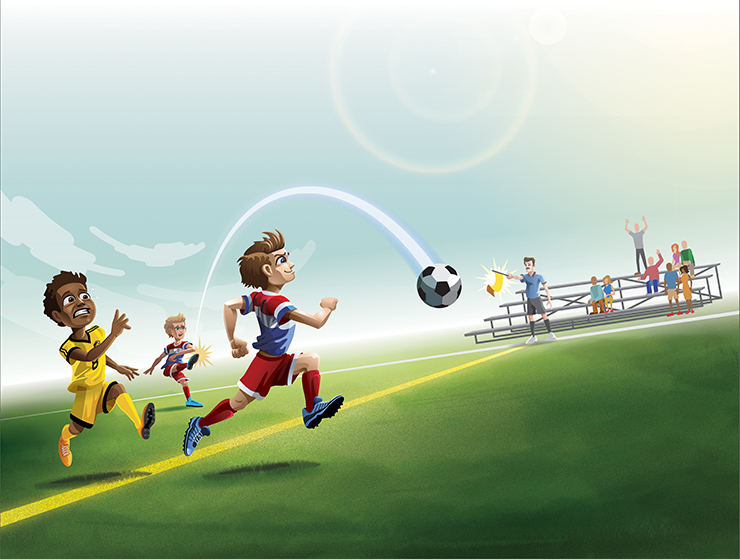
Maddie responded well to them. Soon, some of her teammates thought they were cool and wanted to see more of them. Then her coach (a former ECNL director) looked over the binder and really liked the concept.
That’s when we decided to go for it and convert the binder into books.
We still have the binder and there are several unpublished stories in there we hope to turn into future titles soon

Diane Scavuzzo: The stories have a great deal of heart and wisdom – where do you get your ideas from and soccer knowledge?
Lindsay Little: We’ve both been involved in athletics generally, and soccer more specifically for many years — and we’ve seen a lot of kids struggle as they learn to play the game.
We also try our best to tune into the things that stress kids out about playing soccer
Diane Scavuzzo: This is great — and makes so much sense. So a team can buy the book for their players?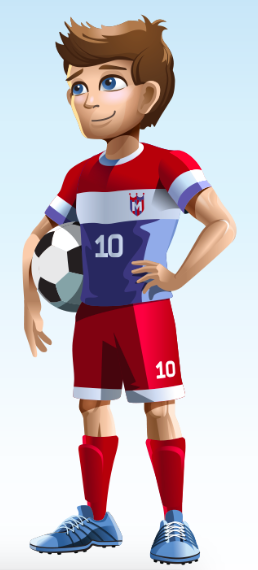
Lindsay Little: Yes — we obviously love the game and want
to help growing it in the United States.
The best way to do that in our eyes is to support grassroots soccer as best we can. It’s a niche book, intended for a niche audience – kids that have interest in soccer, and we all benefit by strengthening the youth game.
Diane Scavuzzo: Clubs and teams can use the book to also raise money — as well as awareness of the basic rules of the game?
It seems teams always need to raise money — so we thought the books would make a great fundraising tool — much better than melting chocolate or other things teams try to sell
We are very fortunate to have been published by a sports focused publishing house, Meyer & Meyer Sport – they are based in Germany and have published many NSCAA endorsed books — they are willing to work with us.
There is a flexible price schedule, so that when large commitments are placed in a fundraiser setting, the publishers have agreed to pass the savings on to any non-profit. Nothing against chocolate bars whatsoever, I love them and have bought literally hundreds of them field-side.
With this type of fundraiser, we can also help pass along the gift of reading.
Diane Scavuzzo: Perhaps these books can help kids stay in the game longer — and not quit the sport when they get frustrated….

Lindsay Little: Absolutely — because we both soccer coaches and parents of youth soccer players, we are in the thick of it, and frankly, picking topics to write about is easy.
We use buzz words at practice like “don’t puppy guard” and “get wide don’t hide” so we reduced what can be confusing concepts into a fun story.
We very literally and honestly wrote each of these titles directly for our own kids, and in a manner we hoped they would understand and find entertaining.
Our own girls have always been our first and most important consumers, critics and editors.
Diane Scavuzzo: Are you both serious soccer coaches?
Lindsay Little: We are sensitive to the fact that we are not the most qualified nor authoritative academics in the field of soccer.
We know our limitations, and that may well be what qualifies us!
As for our knowledge of the game, we have some street cred. I was fortunate enough to play club, ODP, high school, junior college, and NCAA Division I soccer.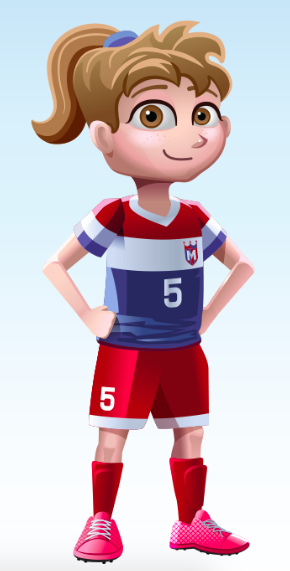
I was honored to serve as a captain to my college teams and to win the 2000 NJCAA JUCO National Championship during my time at Dixie.
Diane Scavuzzo: What position did you play?
Lindsay Little: I played in the midfield mainly, mostly as a true no. 10 “creative midfielder” in our system.
Since finishing my playing career at Southern Utah University, I’ve always continued to play or coach at one level or another. Even now, when I’m not working as a Corrections Officer for the City of Las Vegas, I’m currently on staff assistant coaching the Women’s program at College of Southern Nevada.
Seth was always the captain of his football teams and earned NJCAA All-American status before injuries squashed his dreams. Oddly, ever since I’ve known him he’s been a soccer fanatic, he was “that soccer guy” in the football locker room who was totally addicted to Fox Soccer Channel. He loves the game and understands how kids think.
My husband has a natural ability to think like a seven-year-old.
I think it actually helps that he wasn’t raised playing the game, like I was, so he can conceptualize instruction for someone that is new to the sport.
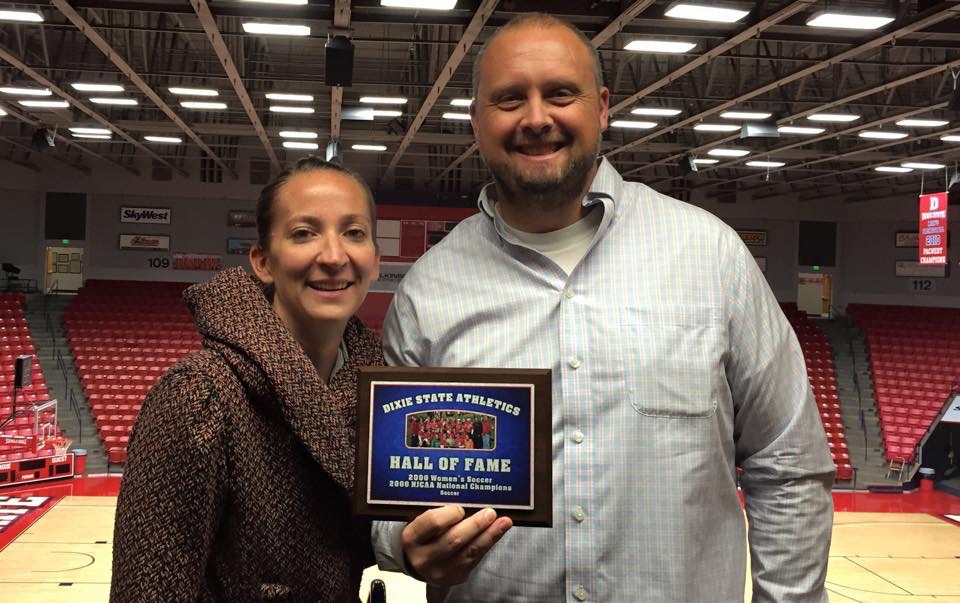
Also, we both studied in the education field during undergrad. Seth duel-majored in Spanish & Physical Education Coaching before becoming a lawyer. As an attorney, he’s actually had the opportunity to work with cases and clients in and around the game – best practices stuff.
For more information: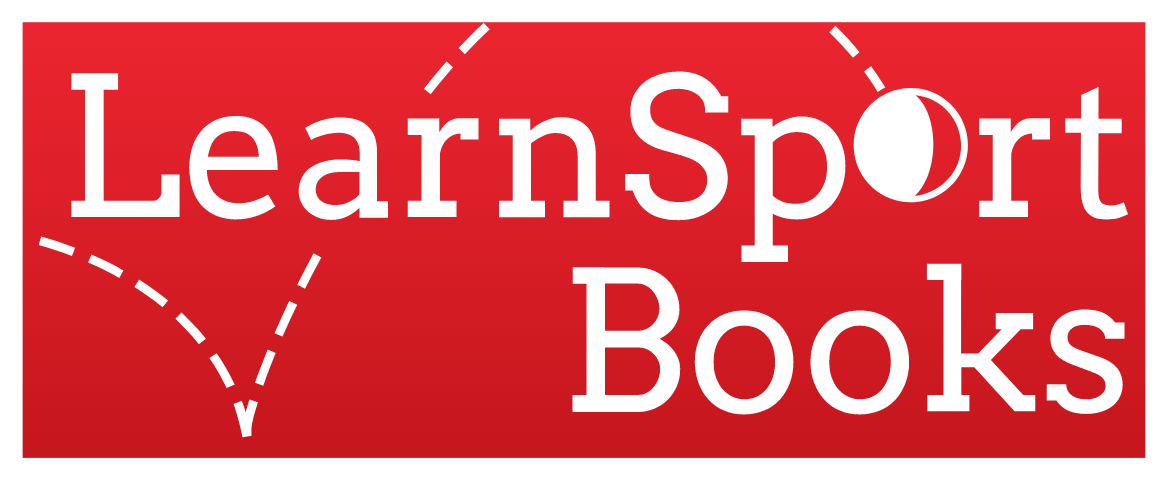
To find out how you can use iPlay Soccer books as a fundraising tool for your soccer association, club or team — or to just buy the books for your player, please click here.






